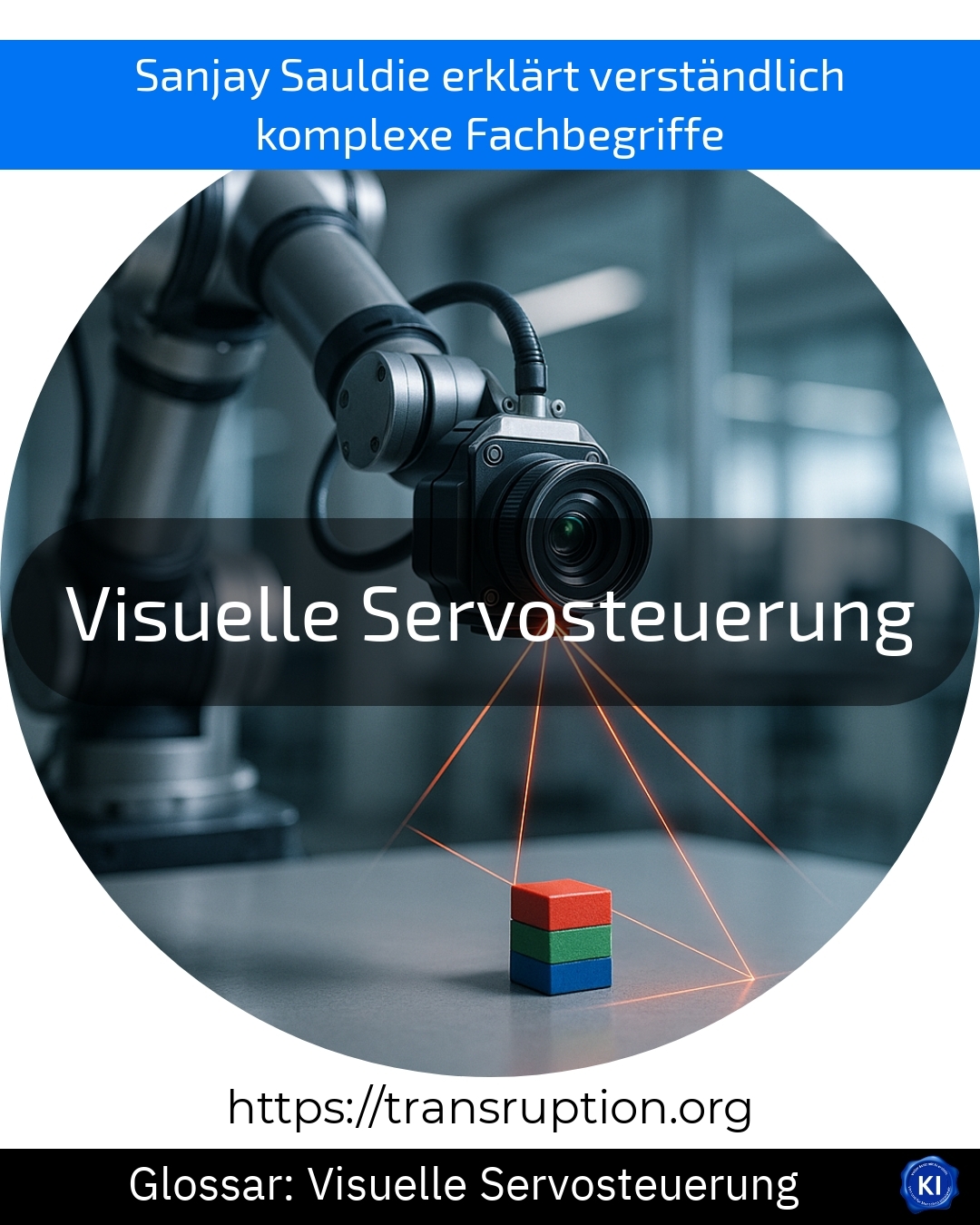The term visual servo control is particularly at home in the fields of artificial intelligence, automation and robots. It describes a technology in which cameras or other sensors are used to control machines - such as robot arms - with the help of images. The special thing about it is that the machine "sees" where an object is currently located and can adjust its movements in real time.
An illustrative example: In a modern car factory, a robot arm picks up a windscreen and inserts it into the car body with pinpoint accuracy. Using visual servo control, a camera monitors the position of the disc and the car body. As a result, the robot recognises if anything has slipped slightly and can correct it immediately. This prevents errors and makes production more efficient.
Visual servo control saves time and costs in automation, as machines can work more flexibly and accurately. At the same time, this technology makes it easier to use robots in complex or changing environments. It is therefore an important building block for the future of industry and intelligent factories.















